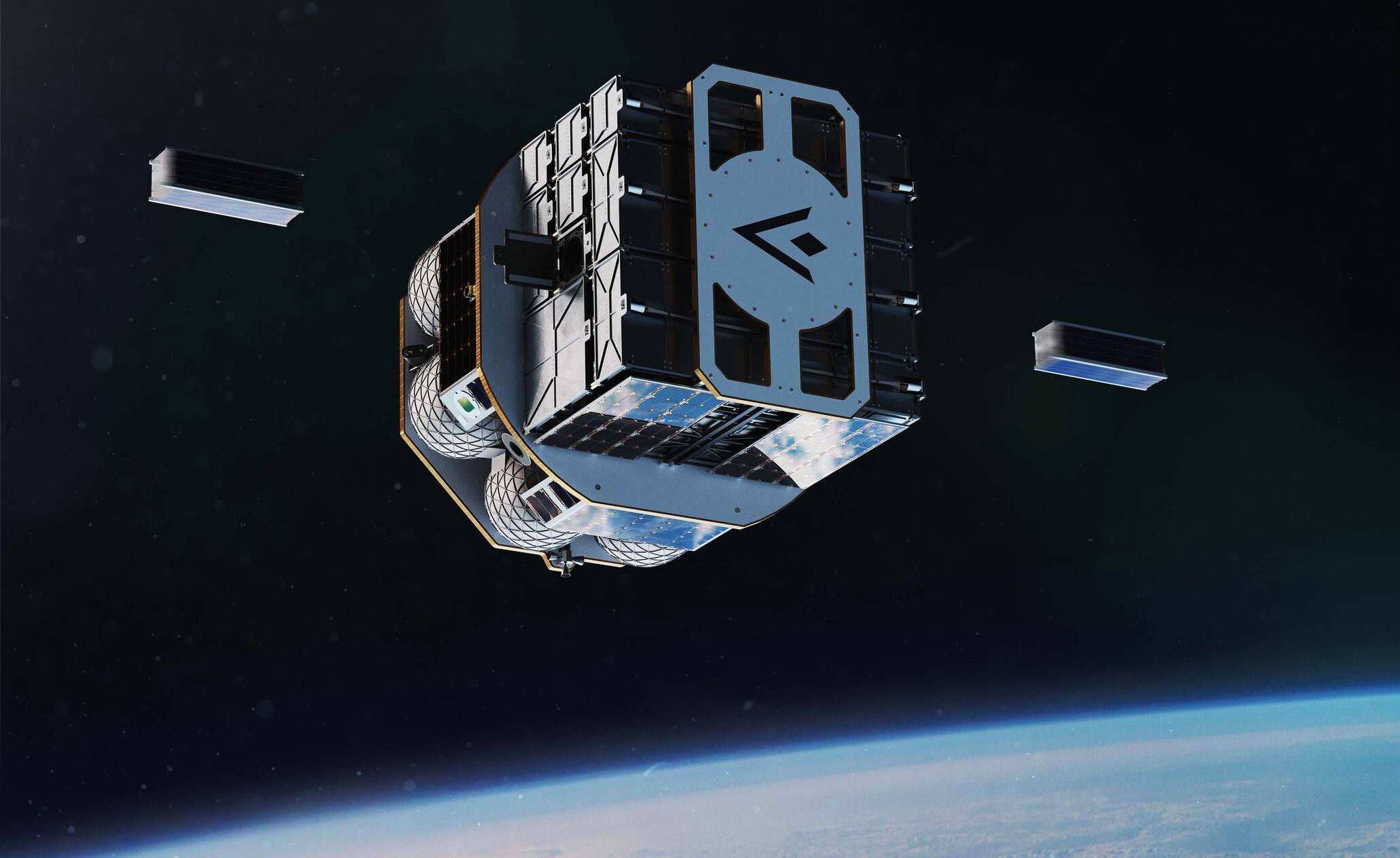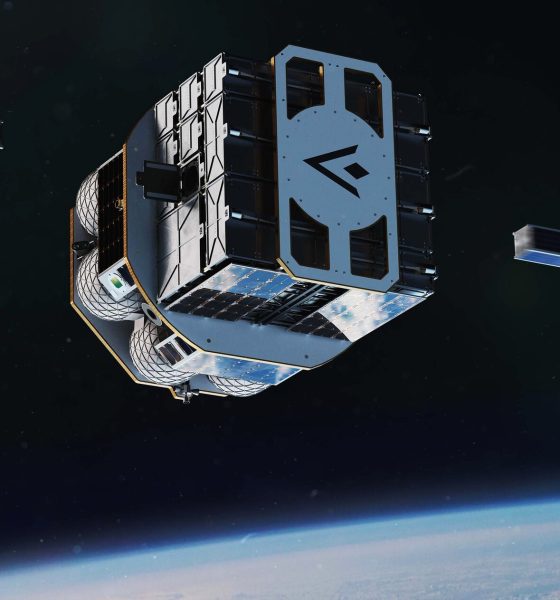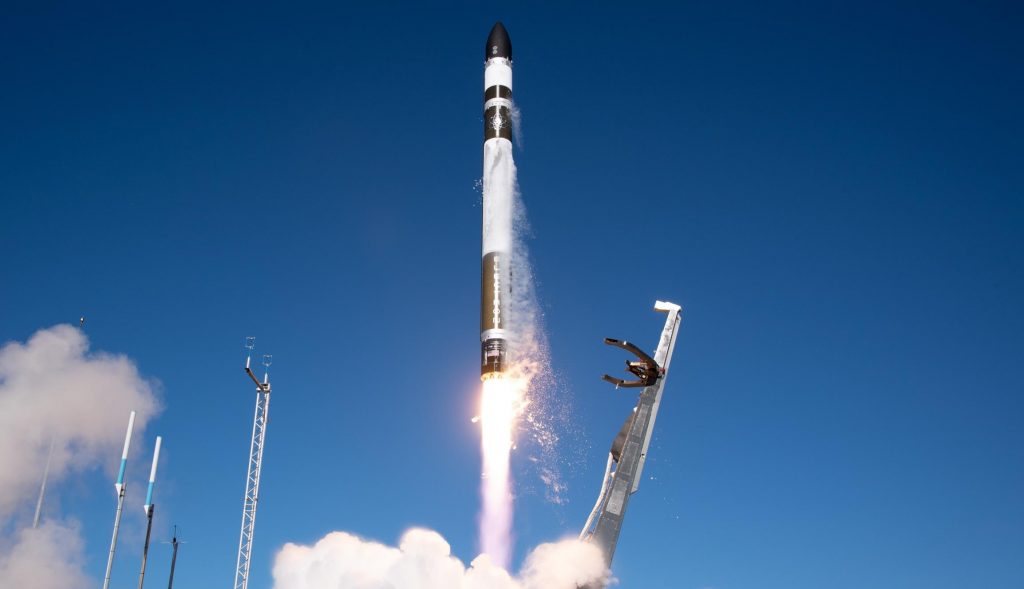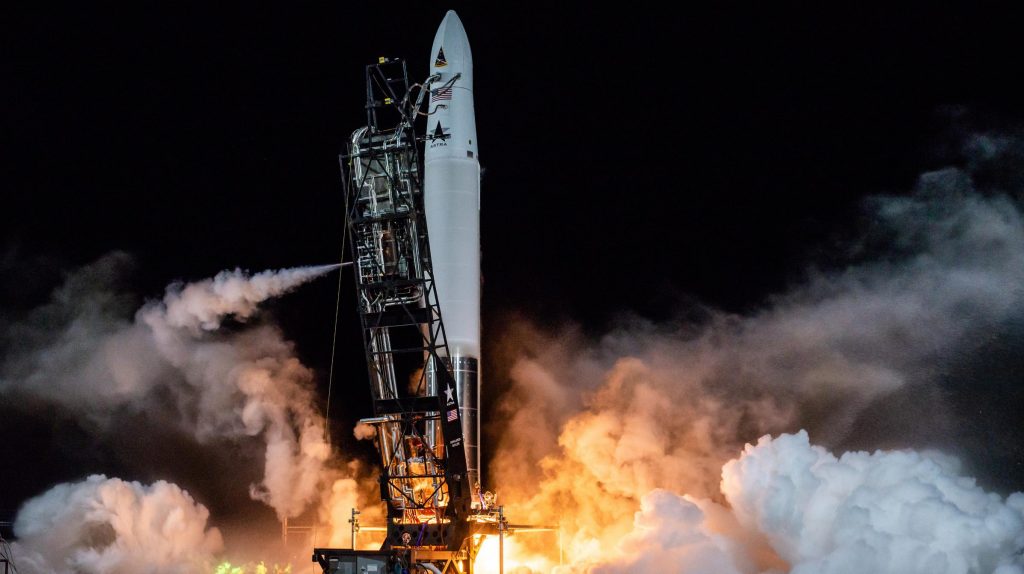

News
SpaceX wins launch contracts for three more Launcher space tugs
Startup ‘Launcher Space’ has chosen SpaceX to launch at least three more ‘Orbiter’ space tugs, meaning that the company will have a payload on every dedicated SpaceX rideshare launch planned from Q4 2022 to the end of 2023.
Following SpaceX’s third successful dedicated rideshare launch in January 2022, the company has another two missions – Transporter-4 and -5 – scheduled in the first half of the year. In October 2021, Launcher announced its Orbiter spacecraft program and plans to manifest the first vehicle on a SpaceX rideshare mission – likely Transporter-6 – scheduled to launch no earlier than (NET) October 2022.
Announced in the summer of 2019, SpaceX’s Smallsat Rideshare Program has offered one of the easiest and most affordable tickets to space for two and a half years. Following a handful of Starlink rideshare missions in 2020, SpaceX kicked off dedicated Transporter launches in January 2021 and has since delivered more than 320 customer satellites and payloads to orbit. By treating each Transporter mission a bit like public transit and also opening the door for third-party launch servicers, SpaceX has been able to somewhat simplify the tedious process of organizing large-scale rideshare missions.
Most importantly, thanks to the unprecedented affordability of its Falcon 9 rocket, SpaceX has allowed rideshare customers to reap a great deal of the benefits by charging just $1M per 200-kilogram (440 lb) ‘slot’ and a flat $5,000 for each additional kilogram. To anyone unfamiliar with the cost of spaceflight, that might seem obscene, but it’s extraordinarily affordable and far cheaper than every advertised alternative. Astra Space, the cheapest dedicated smallsat launch provider, sells a Rocket 3 vehicle capable of launching about 50 kilograms (110 lb) to a similar orbit for ~$3.5M – equivalent to $70,000 per kilogram. Rocket 3 has only completed one successful launch, however. Rocket Lab’s more accessible Electron rocket costs at least $7.5M for ~200 kilograms to sun-synchronous orbit (SSO) – a price of $37,500/kg.


Nonetheless, the single most significant drawback of rideshares – a one-size-fits-all orbit – remains. Short of a much more complex, expensive trajectory that would require Falcon 9’s upper stage to reignite several times, every payload launched on Transporter missions ends up in the same initial orbit. To solve that problem, a not insignificant number of companies have been formed in recent years to develop competitive orbital transfer vehicles. In theory, propulsive space tugs could potentially give rideshare payloads the best of both worlds – ultra-cheap launch costs and, within reason, delivery to a specific orbit of choice.
Launcher’s Orbiter is perhaps the most promising of the lot. Scheduled to debut no earlier than (NET) October 2022, Orbiter will use pressure-fed 3D-printed thrusters fed by ethane and nitrous oxide propellant stored in 3D-printed tanks. The company has already begun printing and hot-fire testing multiple thrusters, has received the first set of Orbiter avionics and solar panels, and seemingly remains very confident about the schedule for that spacecraft’s launch debut.
Additionally, Launcher is actually publicizing pricing for the stage. Bought outright, each Orbiter will cost about $400,000. Using its full 400 kg (880 lb) payload margin, a Falcon 9 launch with Orbiter – enabling precise orbital targeting – would cost a prospective customer about $3.5M – less than $9,000/kg. For a 200 kg (440 lb) payload, a Falcon 9 + Orbiter launch might cost less than $7,000/kg (~$2.5M). For Orbiter rideshare missions, Launcher will charge between $8,000 and $25,000 per kilogram – multiple times cheaper than alternatives at the low end and still competitive at the high end.
Other companies like Spaceflight Industries, D-Orbit, Momentus, Exolaunch, and more are also developing – or already flight-testing – their own space tugs, though most are being cryptic about their prices and capabilities.

News
Tesla FSD fleet is nearing 7 billion total miles, including 2.5 billion city miles
As can be seen on Tesla’s official FSD webpage, vehicles equipped with the system have now navigated over 6.99 billion miles.

Tesla’s Full Self-Driving (Supervised) fleet is closing in on almost 7 billion total miles driven, as per data posted by the company on its official FSD webpage.
These figures hint at the massive scale of data fueling Tesla’s rapid FSD improvements, which have been quite notable as of late.
FSD mileage milestones
As can be seen on Tesla’s official FSD webpage, vehicles equipped with the system have now navigated over 6.99 billion miles. Tesla owner and avid FSD tester Whole Mars Catalog also shared a screenshot indicating that from the nearly 7 billion miles traveled by the FSD fleet, more than 2.5 billion miles were driven inside cities.
City miles are particularly valuable for complex urban scenarios like unprotected turns, pedestrian interactions, and traffic lights. This is also the difference-maker for FSD, as only complex solutions, such as Waymo’s self-driving taxis, operate similarly on inner-city streets. And even then, incidents such as the San Francisco blackouts have proven challenging for sensor-rich vehicles like Waymos.
Tesla’s data edge
Tesla has a number of advantages in the autonomous vehicle sector, one of which is the size of its fleet and the number of vehicles training FSD on real-world roads. Tesla’s nearly 7 billion FSD miles then allow the company to roll out updates that make its vehicles behave like they are being driven by experienced drivers, even if they are operating on their own.
So notable are Tesla’s improvements to FSD that NVIDIA Director of Robotics Jim Fan, after experiencing FSD v14, noted that the system is the first AI that passes what he described as a “Physical Turing Test.”
“Despite knowing exactly how robot learning works, I still find it magical watching the steering wheel turn by itself. First it feels surreal, next it becomes routine. Then, like the smartphone, taking it away actively hurts. This is how humanity gets rewired and glued to god-like technologies,” Fan wrote in a post on X.
News
Tesla starts showing how FSD will change lives in Europe
Local officials tested the system on narrow country roads and were impressed by FSD’s smooth, human-like driving, with some calling the service a game-changer for everyday life in areas that are far from urban centers.

Tesla has launched Europe’s first public shuttle service using Full Self-Driving (Supervised) in the rural Eifelkreis Bitburg-Prüm region of Germany, demonstrating how the technology can restore independence and mobility for people who struggle with limited transport options.
Local officials tested the system on narrow country roads and were impressed by FSD’s smooth, human-like driving, with some calling the service a game-changer for everyday life in areas that are far from urban centers.
Officials see real impact on rural residents
Arzfeld Mayor Johannes Kuhl and District Administrator Andreas Kruppert personally tested the Tesla shuttle service. This allowed them to see just how well FSD navigated winding lanes and rural roads confidently. Kruppert said, “Autonomous driving sounds like science fiction to many, but we simply see here that it works totally well in rural regions too.” Kuhl, for his part, also noted that FSD “feels like a very experienced driver.”
The pilot complements the area’s “Citizen Bus” program, which provides on-demand rides for elderly residents who can no longer drive themselves. Tesla Europe shared a video of a demonstration of the service, highlighting how FSD gives people their freedom back, even in places where public transport is not as prevalent.
What the Ministry for Economic Affairs and Transport says
Rhineland-Palatinate’s Minister Daniela Schmitt supported the project, praising the collaboration that made this “first of its kind in Europe” possible. As per the ministry, the rural rollout for the service shows FSD’s potential beyond major cities, and it delivers tangible benefits like grocery runs, doctor visits, and social connections for isolated residents.
“Reliable and flexible mobility is especially vital in rural areas. With the launch of a shuttle service using self-driving vehicles (FSD supervised) by Tesla in the Eifelkreis Bitburg-Prüm, an innovative pilot project is now getting underway that complements local community bus services. It is the first project of its kind in Europe.
“The result is a real gain for rural mobility: greater accessibility, more flexibility and tangible benefits for everyday life. A strong signal for innovation, cooperation and future-oriented mobility beyond urban centers,” the ministry wrote in a LinkedIn post.
News
Tesla China quietly posts Robotaxi-related job listing
Tesla China is currently seeking a Low Voltage Electrical Engineer to work on circuit board design for the company’s autonomous vehicles.

Tesla has posted a new job listing in Shanghai explicitly tied to its Robotaxi program, fueling speculation that the company is preparing to launch its dedicated autonomous ride-hailing service in China.
As noted in the listing, Tesla China is currently seeking a Low Voltage Electrical Engineer to work on circuit board design for the company’s autonomous vehicles.
Robotaxi-specific role
The listing, which was shared on social media platform X by industry watcher @tslaming, suggested that Tesla China is looking to fill the role urgently. The job listing itself specifically mentions that the person hired for the role will be working on the Low Voltage Hardware team, which would design the circuit boards that would serve as the nervous system of the Robotaxi.
Key tasks for the role, as indicated in the job listing, include collaboration with PCB layout, firmware, mechanical, program management, and validation teams, among other responsibilities. The role is based in Shanghai.
China Robotaxi launch
China represents a massive potential market for robotaxis, with its dense urban centers and supportive policies in select cities. Tesla has limited permission to roll out FSD in the country, though despite this, its vehicles have been hailed as among the best in the market when it comes to autonomous features. So far, at least, it appears that China supports Tesla’s FSD and Robotaxi rollout.
This was hinted at in November, when Tesla brought the Cybercab to the 8th China International Import Expo (CIIE) in Shanghai, marking the first time that the autonomous two-seater was brought to the Asia-Pacific region. The vehicle, despite not having a release date in China, received a significant amount of interest among the event’s attendees.








